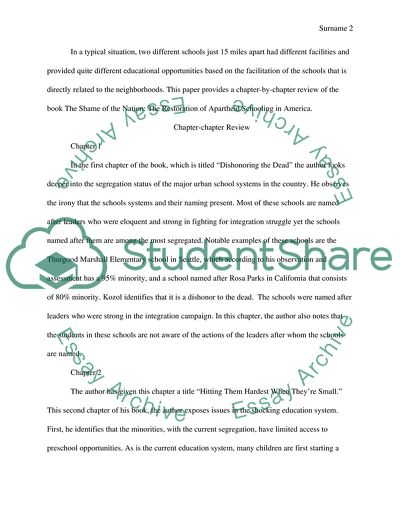Cite this document
(The Restoration of Apartheid Schooling in America Book Report/Review, n.d.)
The Restoration of Apartheid Schooling in America Book Report/Review. Retrieved from https://studentshare.org/law/1838609-book-review-the-shame-of-the-nation
The Restoration of Apartheid Schooling in America Book Report/Review. Retrieved from https://studentshare.org/law/1838609-book-review-the-shame-of-the-nation
(The Restoration of Apartheid Schooling in America Book Report/Review)
The Restoration of Apartheid Schooling in America Book Report/Review. https://studentshare.org/law/1838609-book-review-the-shame-of-the-nation.
The Restoration of Apartheid Schooling in America Book Report/Review. https://studentshare.org/law/1838609-book-review-the-shame-of-the-nation.
“The Restoration of Apartheid Schooling in America Book Report/Review”, n.d. https://studentshare.org/law/1838609-book-review-the-shame-of-the-nation.


